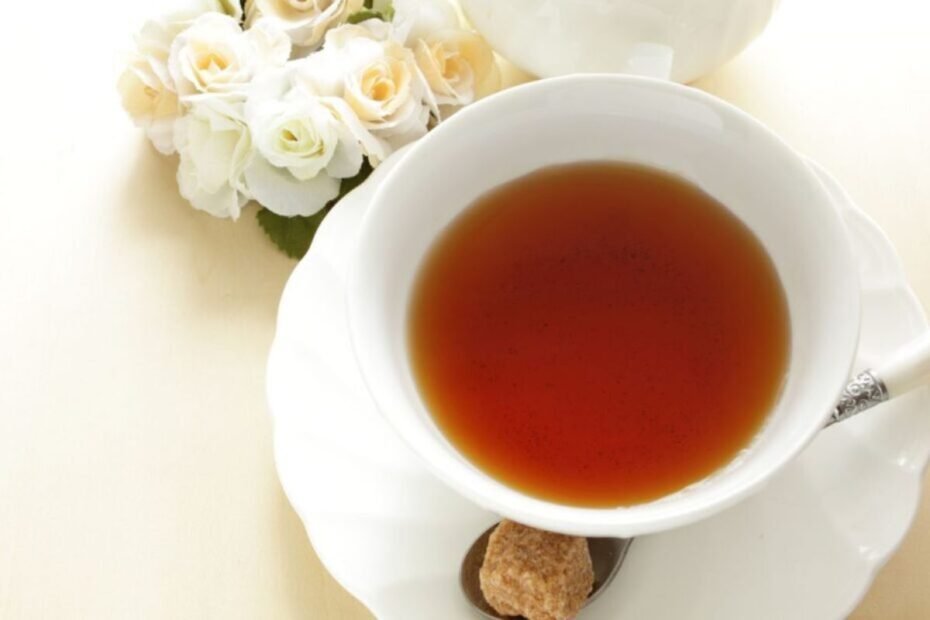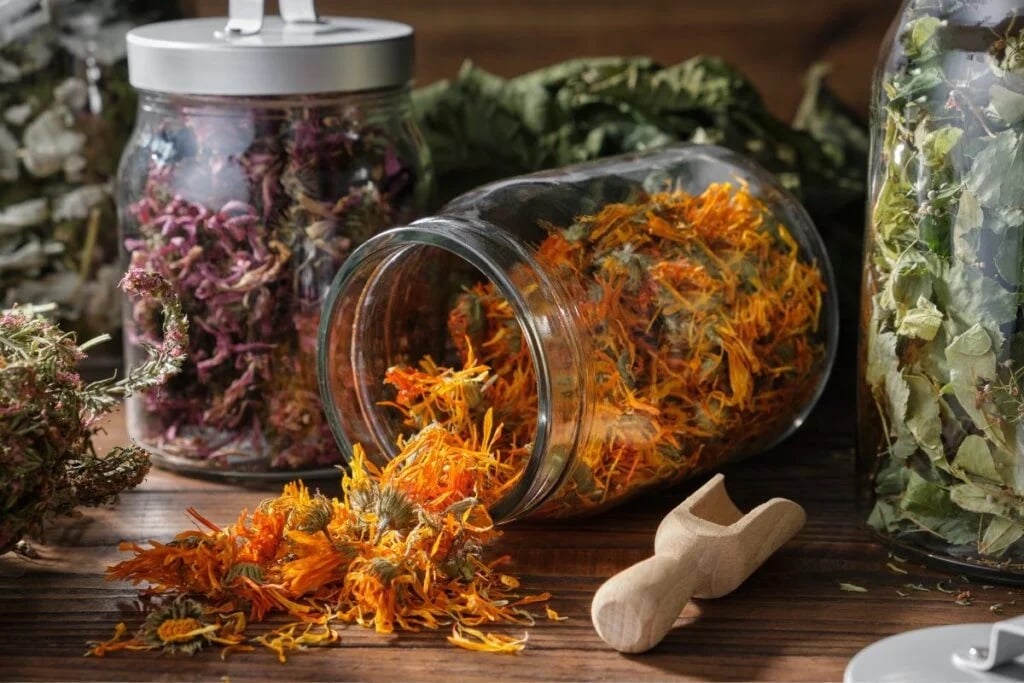Ceylon tea stands as one of the world’s most distinguished and respected tea varieties, enjoying international acclaim for its exceptional quality. Produced in Sri Lanka, formerly known as Ceylon Island, it boasts a rich history intertwined with colonial heritage, exceptional climate conditions, and distinctive production traditions. People celebrate this tea for its superior quality, unique flavor, and aroma, which vary depending on the growing region. We’ll explore Ceylon tea benefits, history, manufacturing process peculiarities, and different varieties. We’ll discuss its significance to Sri Lankan culture and economy.
The Origins of Ceylon Beverages
You can trace the origins of Ceylon tea from the 19th century during Sri Lanka’s period under British colonial rule. Tea cultivation on the island commenced after coffee plantations were devastated by disease. Scottish planter James Taylor established the first tea plantation near Kandy city in 1867. His pioneering efforts launched a new industry on the island. Taylor’s methods proved remarkably successful, and this tea quickly gained popularity in Great Britain and beyond.
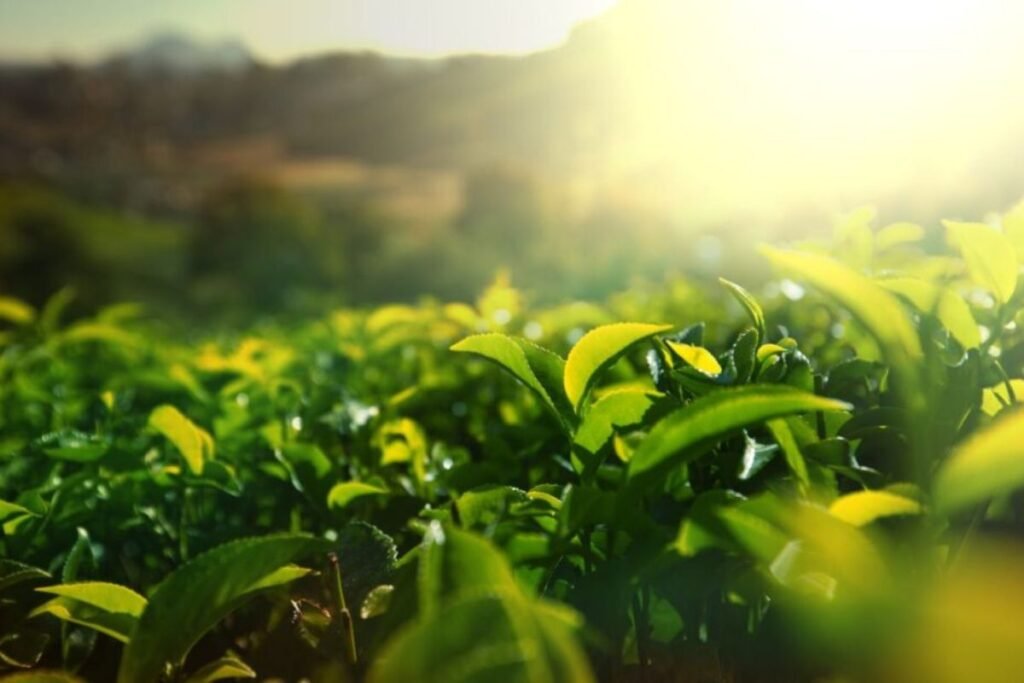
Ceylon Tea Production Features and Climate Significance
Harvested from Camellia sinensis plants cultivated across diverse Sri Lankan regions, Ceylon tea represents a distinctive beverage cherished worldwide. Different climate conditions and elevations of the tea cultivation give it a unique flavor and aromatic properties. People typically divide tea-growing regions into three elevation categories:
- highlands (above 1200 m)
- mid-elevations (600-1200 m)
- lowlands (below 600 m)
Tea from plants grown in each region features distinctive taste characteristics: highland tea is lighter and more subtle, while lowland tea is darker and more robust.
Ceylon tea production begins with traditional leaf picking by hand. People dry the picked leaves to remove moisture, initiating the oxidation process. It determines the tea’s flavor, color, and aroma. Sri Lanka tea is typically fermented, giving it a darker color and richer taste.
Varieties of Tea from Sri Lanka
For convenience, people classified this tea according to several categories, including growing elevations, processing methods, and even leaf size. You may discover the most common varieties—black, green, white, and oolong tea.
- Black Ceylon tea is the most well-known and widely exported. It features a rich, robust flavor and bright reddish-brown color. Black tea is predominantly grown in lowlands with a warmer and humid climate.
- Green Ceylon tea undergoes less oxidation than black tea, thus preserving more of the plant’s natural properties. This tea has a lighter, milder flavor with known health benefits.
- White Ceylon tea is the rarest and most expensive variety. Its production requires gently sun-dried, unoxidized young leaf buds. White tea has a subtle flavor and aroma with noticeable honey and floral notes.
- Oolong Ceylon tea is semi-fermented, placing its flavor profile between black and green tea. It possesses a unique aroma and taste, often described as fruity or floral.
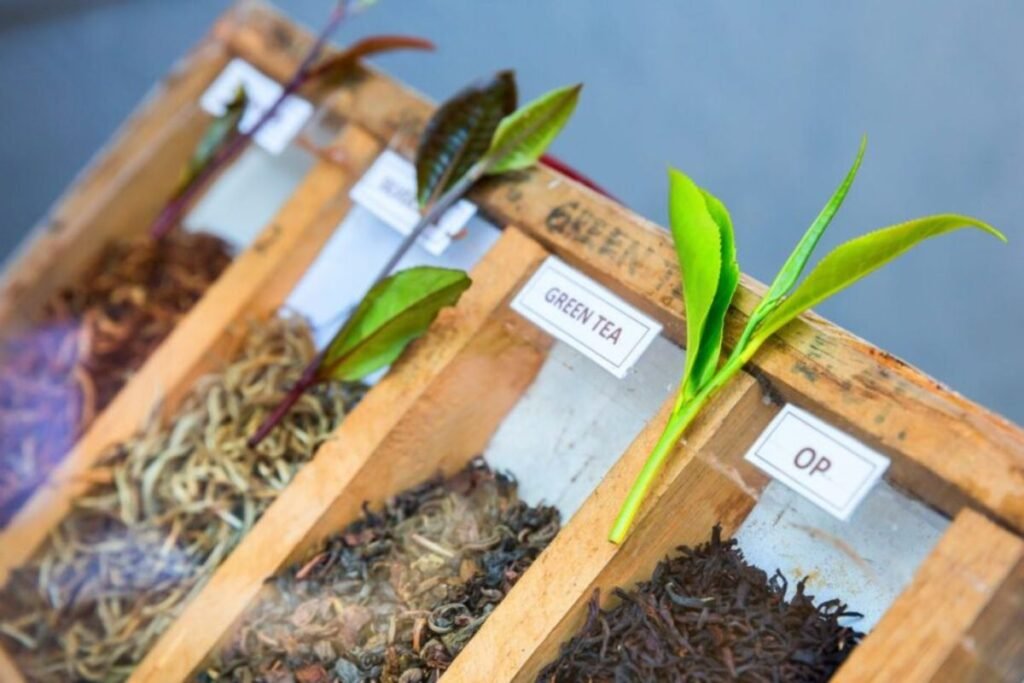
Ceylon Tea Quality and Certification
The Sri Lankan government and tea industry organizations invest significant effort in Ceylon tea’s high quality. A distinctive emblem featuring a lion clutching a tea leaf serves as the official certification mark for authentic Ceylon tea products. This signage guarantees tea production in Sri Lanka, meeting rigorous quality standards. Labeling helps protect the Ceylon tea brand and ensures consumers worldwide receive a genuine, premium product.
Why Ceylon Tea Is So Important to Sri Lanka
Ceylon products represent not only Sri Lanka’s primary export but also an essential cultural and economic component. The tea industry provides jobs to millions of people, including plantation workers, factory employees, and exporters. Indigenous people consider Ceylon tea to be a source of national pride and an essential symbol.
Tea plays a vital role in Sri Lankan social life, and tea drinking is a deeply rooted tradition. The country features numerous tea houses—popular among both locals and tourists. Tea tastings and plantation tours rank among the most popular tourist activities in Sri Lanka.
Ceylon Beverages in the World
Ceylon tea is widely exported to various countries globally, including Russia, the Middle East, Europe, and North America. Due to its high quality and distinctive flavor, Ceylon tea is highly valued by tea connoisseurs and everyday consumers. It is frequently used in tea blends such as Earl Grey and English Breakfast because of its strong taste and aroma.
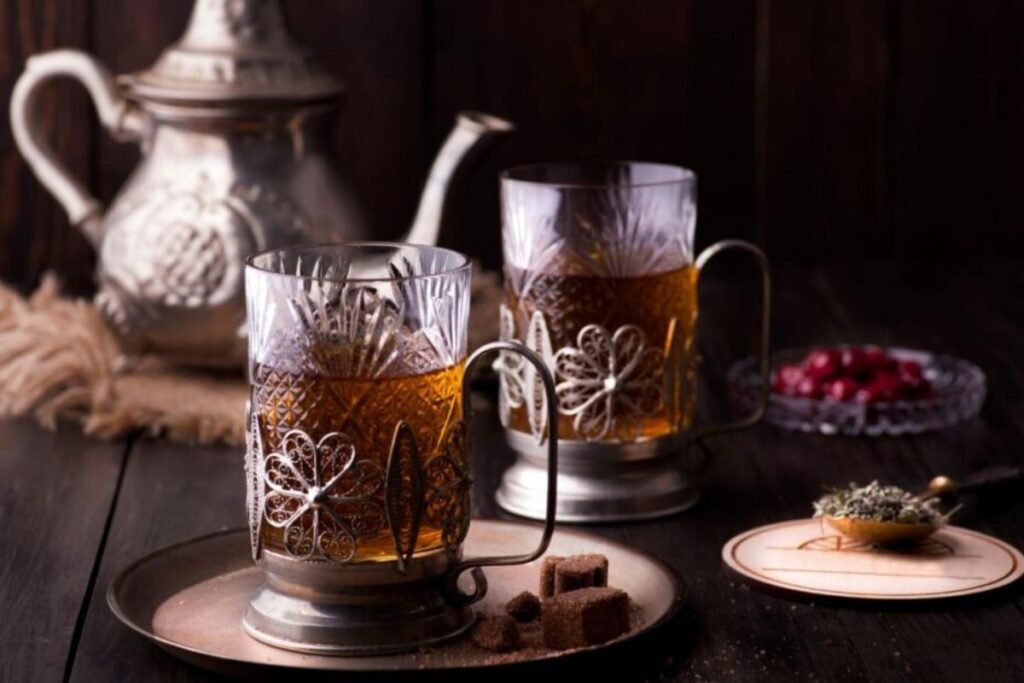
Ceylon Tea Consumption Performance
Ceylon tea is frequently used as a traditional beverage at various social events. This exquisite beverage enjoys immense popularity both within its native Sri Lanka and throughout the global tea market. Its serving depends on the region and variety, but baristas often serve it with milk or lemon. Ceylon tea is a versatile and refined beverage, with usage methods and preparation variations that allow everyone to find their favorite option. By following these tips, you can maximize the flavor and health benefits that Ceylon tea offers.
Tips for brewing Ceylon tea:
- Choose the appropriate water. Tea quality heavily depends on the water used for brewing. Filtered or mountain spring water works best, as minerals in hard water can alter the tea’s taste.
- Temperature and brewing time differ depending on the Ceylon tea variety. Black tea brewing at 90–95°C for 3–5 minutes. Over-brewing can make the tea bitter. Green tea brew needs 70–80°C water for 2–3 minutes to preserve its delicate flavor. White tea brewing requires 80–85°C water for 4–5 minutes to reveal its subtle aroma and taste. Brew oolong tea with 85–90°C water for 3–4 minutes multiple times.
- Tea quantity. Experts recommend using 1 teaspoon of dry tea (about 2g) per cup (200 ml) of water. If you are using loose-leaf tea, you may add slightly more.
- Storage. Keep Ceylon tea in an airtight container, away from moisture, light, and strong odors. Experts suggest storing this tea in a cool, dark place to maintain freshness and flavor.
- Experiment with additives. While Ceylon tea is excellent alone, you can enhance it with a slice of lemon, honey, or spices like cinnamon or cardamom, adding new flavor accents to the tea.
- Pair with food. Black Ceylon tea pairs excellently with desserts, cheeses, meat, and savory dishes. Green tea is a pleasing preference for lighter meals, seafood, and vegetables, while white and oolong teas complement fruits and delicate desserts.
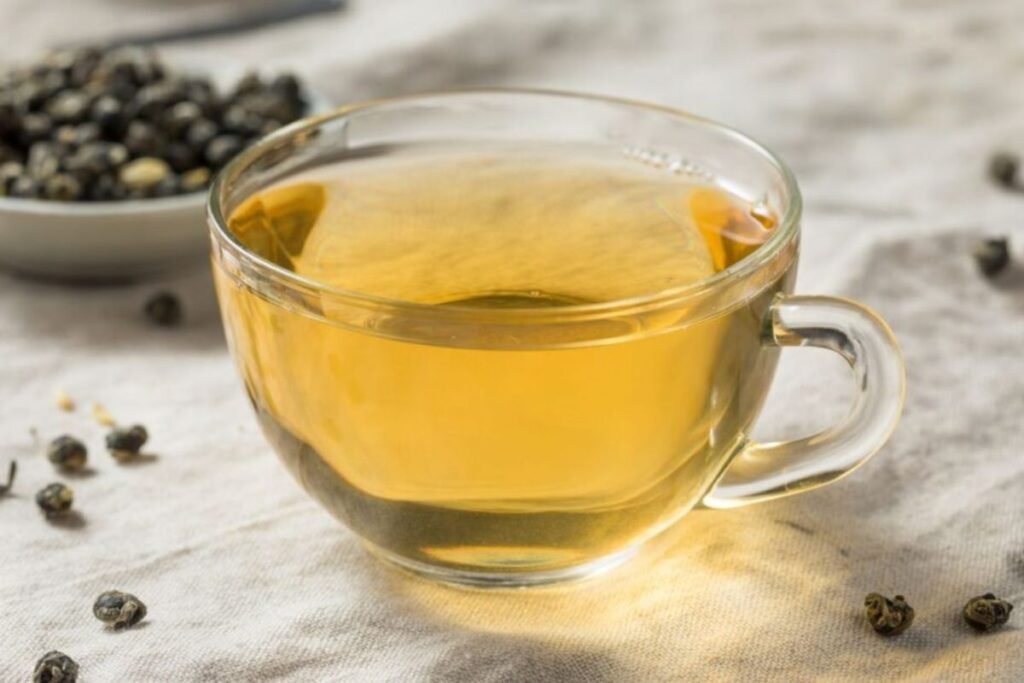
Ceylon Tea Benefits
Ceylon drink is not only delicious but also offers numerous health benefits. Its health effects may differ depending on the tea variety. Most tea perks are related to the impact of antioxidants. So, Ceylon tea benefits are as follows:
- Antioxidants. Ceylon tea is rich in antioxidants such as polyphenols, which help fight free radicals in the body and may contribute to slowing aging processes and preventing chronic diseases.
- Caffeine. Ceylon beverage contains a moderate caffeine volume, which can help increase alertness and energy, yet causes less stomach irritation than coffee.
- Hydration. Drinking tea helps maintain proper body hydration. However, you shouldn’t consume it in extreme quantities, as excess caffeine promotes urine production, which can cause the opposite effect.
- Immune system. Flavonoids and catechins found in Ceylon tea strengthen the immune system and help the body fight infections and viruses.
- Metabolism and weight control. Green and oolong teas can help stimulate metabolism; due to this benefit, people frequently use these teas in weight control programs.
- Heart health. Regular tea consumption is associated with better heart health. It may help reduce cholesterol levels and blood pressure.
How to Maximize Ceylon Tea Benefits?
Let’s follow a few simple tea preparation rules to maximize Ceylon tea benefits:
- Avoid excessive sweetening. Try to enjoy the tea with minimal additives to maintain its natural benefits for the body.
- Proper brewing. Over-brewing can cause bitterness, especially with green and black teas.
- Drink in moderation. While tea of Ceylon is a very healthy beverage, excessive consumption can increase caffeine levels in the body, so healthcare specialists recommend consuming no more than 2–4 cups per day.
- Avoid drinking before bedtime. Since Sri Lanka tea contains caffeine, it’s better not to consume it late in the evening to avoid disrupting sleep.
Despite various challenges, most of which arise from climate change, this tea from Sri Lanka remains one of the most vital and highly valued tea varieties globally.
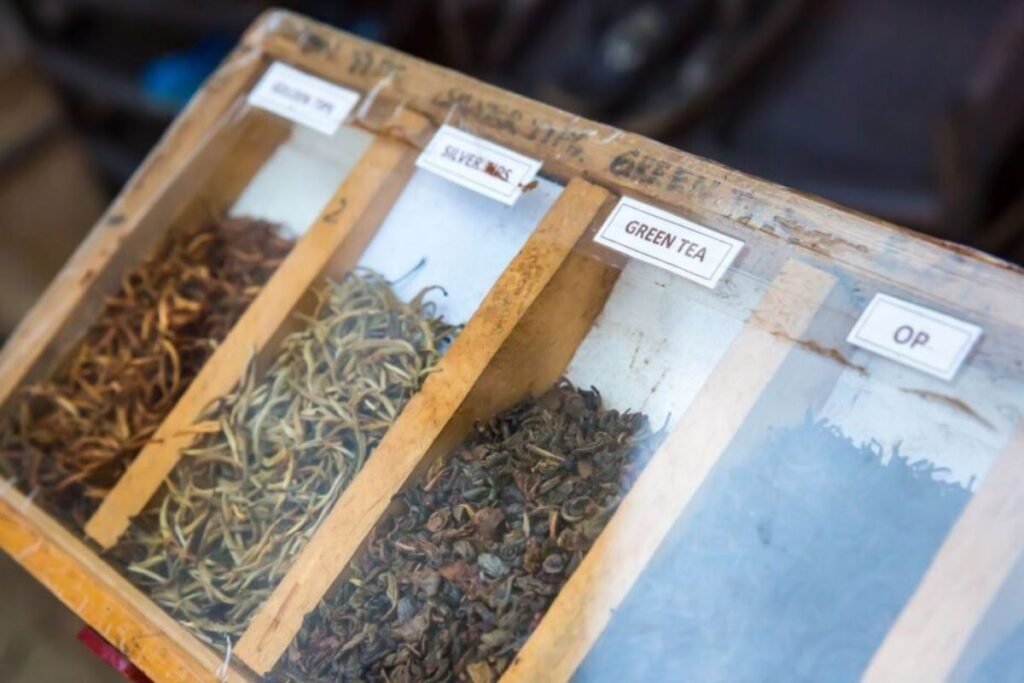
Sources:
- https://www.thespruceeats.com/ceylon-tea-sri-lankan-tea-765685
- https://www.healthline.com/nutrition/ceylon-tea
- https://www.medicinenet.com/ceylon_tea_nutrition_benefits_and_downsides/article.htm
- https://www.historyofceylontea.com/ceylon-publications/ceylon-tea-articles/ceylon-tea
- https://www.srilankateaboard.lk/ceylon-tea/history-of-ceylon-tea/
Associative photos © Canva.
